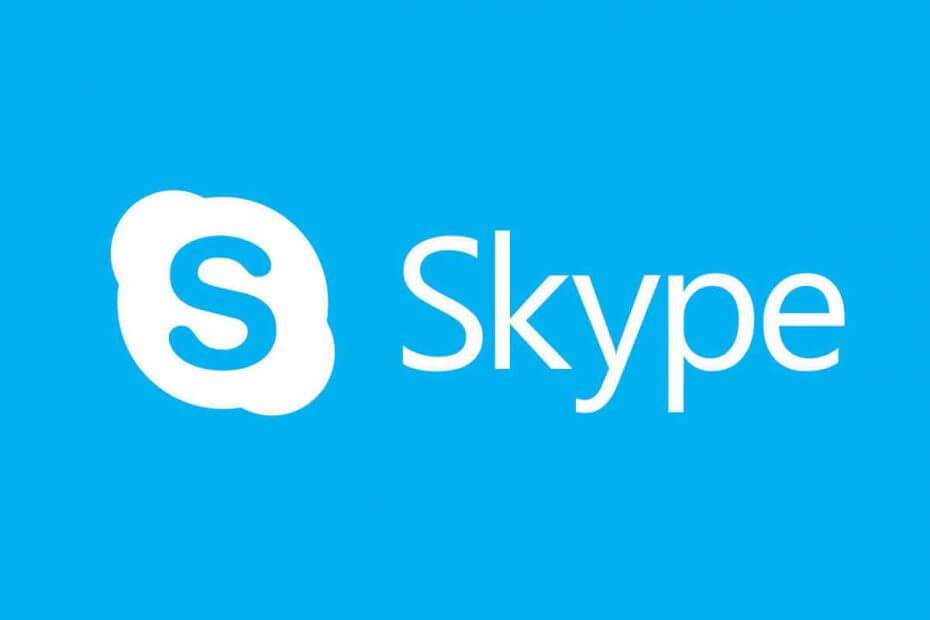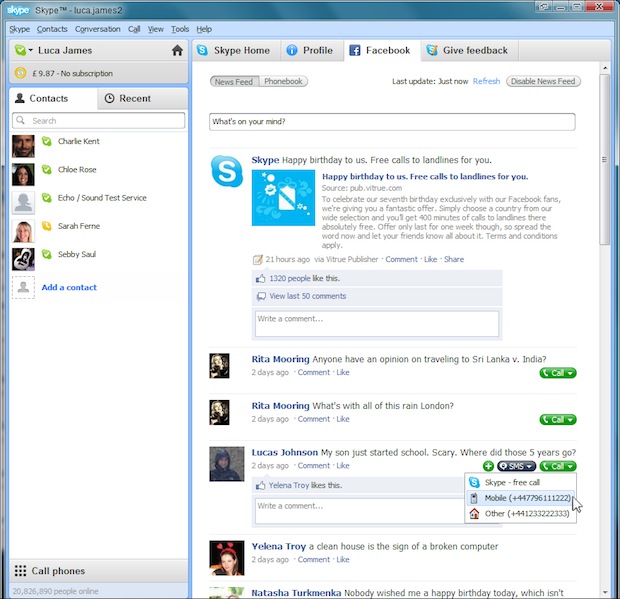

The browser continues to dominate the the platform upon which applications are served to users - and that’s not about to change.The most logical step is now making it a one-stop information & communication hub for users and that’s what WebRTC is about to do. The implication of this technology is that users will no longer need stand-alone applications like Skype, Vonage or Viber or even traditional Telecoms to make voice calls as long they have browsers that are compatible with the standard. To try this yourself, you’ll need desktop Chrome 25 Beta and Firefox Nightly for Desktop

Thanks to the work and participation of the W3C and IETF communities in developing the platform, Chrome and Firefox can now communicate by using standard technologies such as the Opus and VP8 codecs for audio and video, DTLS-SRTP for encryption, and ICE for networking. In order to succeed, a web-based communications platform needs to work across browsers. Once the latest Windows 10 insider build is installed, please follow these steps to enable the Meet Now integration in Windows 10: Download ViveTool, which is used to enable hidden developer. The goal of this technology is to offer developers rich, secure communications, integrated directly into their web applications. Last week according to the Chromium blog, the technology has made another giant leap where Chrome and Firefox can “talk” to each other for the first time. I first wrote about WebRTC last year where it was still in infancy stage. However, now a technology that enables browser-to-browser communication called WebRTC spearheaded by Google and Mozilla is about to change the way that online users communicate.


 0 kommentar(er)
0 kommentar(er)
